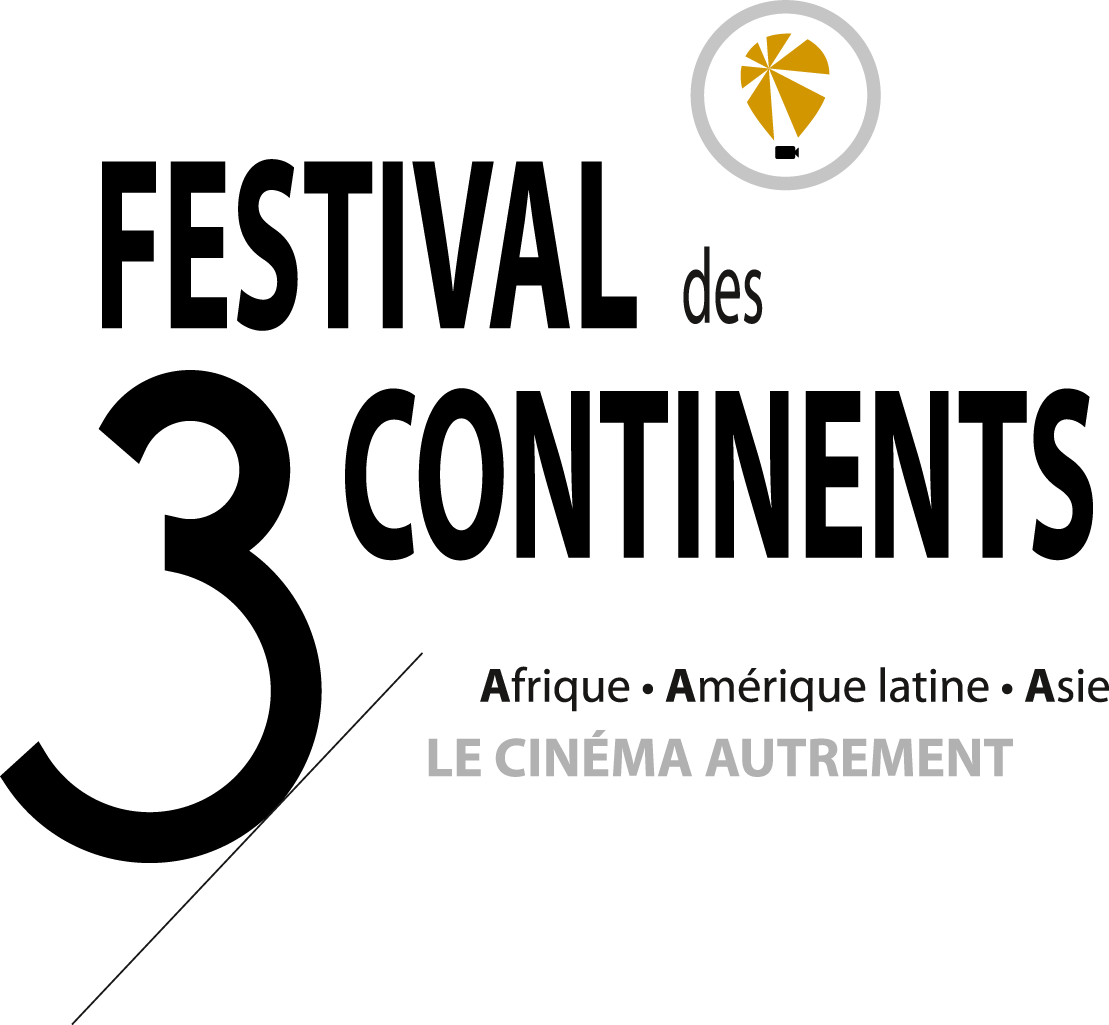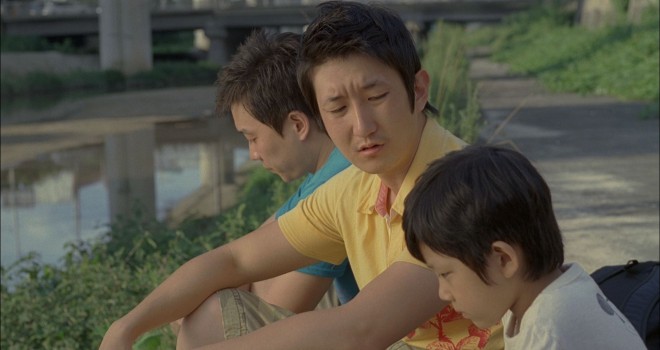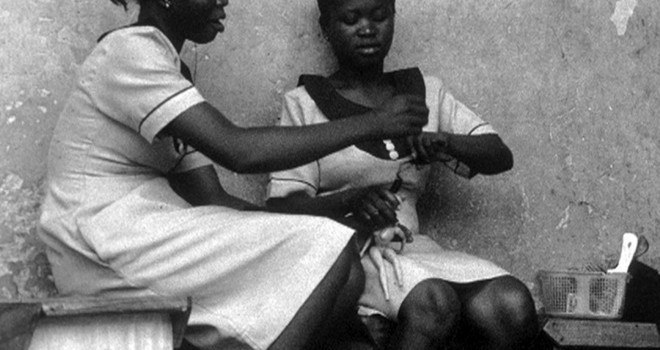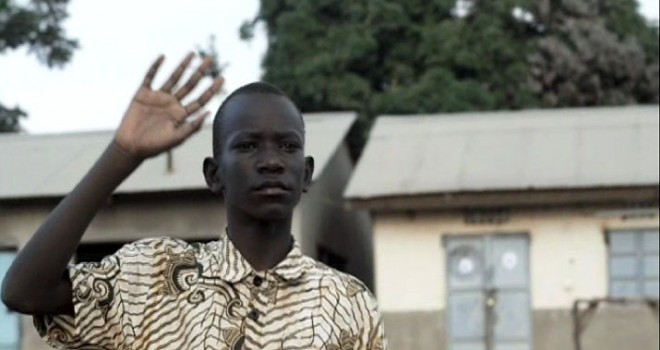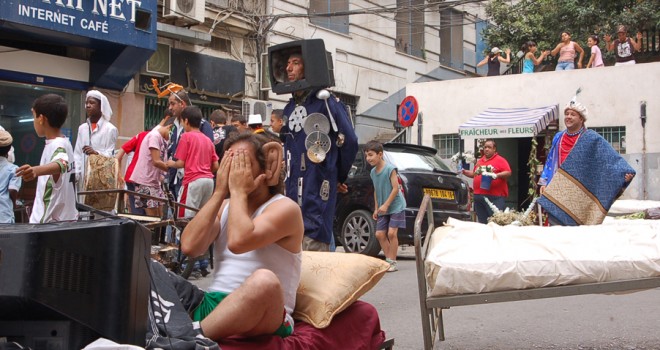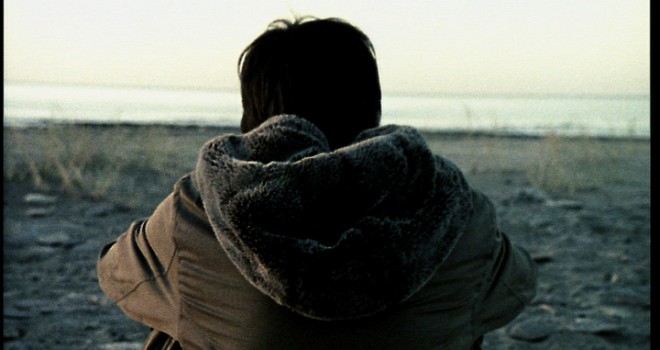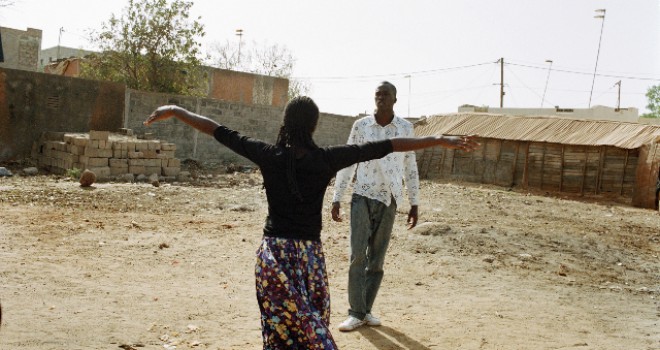Established practice generally prevails over legislation: most festivals, which are part of their privileged distribution, admit that a short film is less than 30 minutes long, while a Centre National de la Cinématographie decree stipulates that it must not exceed 59 minutes (1600 meters or equivalent to 35mm in other formats). For the Continent Courts selection, a film’s amplitude of length is important: We evaluated their qualities, their capacity to astonish seduce, to question, articulate a thought to its representation, rather than fitting it into a predetermined grid, or some burdensome technical criteria. This way a short film is seen as a whole and its expressive possibilities are taken into account. To make ours the words already used during last year’s presentation of Continent Courts, this format requires smoothly linking the story to a brief visual and dramatic intensity. This also engages our commitment, to out-rule blind calibration or conformity to standards.
Renamed Continent Courts for its second year, the Festival des 3 Continents’ short film selection reiterates the proposal made at the 2008 edition: to show a subjective platform of recent short films from Africa, Latin America and Asia. The large quantity of works received suggests that there is already a real interest in this section, a special attention towards the visibility of films that is missing elsewhere. Because of its brevity, which imposes alternatives patterns of distribution and circulation other than the existing conventional circuits, short films are in fact rarely screened alone, regardless of the running time of the other films, according to variable rapprochements. And when the opportunity takes place, these links are often source of discovery and confirmation; short films are also a wide range of aesthetic and narrative experiments.
This year the program’s screening approach is different. Unlike 2008, it was built around nearby thematic issues instead of geographic bridge building. The programming by continent has given way to a desire to exceed the nationality of each film to identify correspondences and resonances, more obvious or subtler, between the films. The aim is thus to address some recurring issues or aspects and make them interact and skim some overriding concerns of filmmakers committed to this format. From this perspective, we can also measure the state of the cinema in Latin America, Africa and Asia, where all their weaknesses and above their existing strengths come to light, such as Mexico dynamic animated movies, the vitality of the young Korean cinema, or the delightful inventiveness of sub-Saharan African films. This last point in particular is demonstrated by putting forward two films that received Fonds d’Appui à la production de Courts-métrages en Afrique Subsaharienne (FACMAS) established by the Ministry of Foreign and European Affairs, and run for three years by the Association Les 3 Continents: Un transport en commun by Diana Gaye (Senegal) and Olweny by Caroline Kamya (Uganda).
Continent Courts takes two directions. The first leads to a series of films depicting the geographical or mental pathways be they individual or collective. The polysemy that this title brings about, as well as its many connotations, can be considered to a certain extent as a continuity of the program shown during the Longue nuit du court, in June 2009 by the Association Les 3 Continents. The program was exclusively composed of animated films on the theme of solitude, here reformulated in an open and extensive way. Identifying emerging in such places as Korea or Taiwan is one factor. The second direction urges to discern movies that take in the question of Memory, very directly or on their periphery, apparently according to changing conditions. These two programming axes present inevitable similarities, nuances or references.
Read more
By making the protagonists take the road from one point to another, Un transport en commun unequivocally illustrates the idea of transfer, or even better that of a journey. The road-movie of a trip that starts off late, it’s also an African musical movie (rare enough to be mentioned), based on sung and danced moments that act as a relay for the narrative and stirs the plot. Elsewhere, the journeys are bunged, limited in scope or canceled. But their encampment at the proposal stage is in favor of amending the scope of possibilities for those who are deprived, they are young Korean adults falsely losers (Daytrip) or a Malaysian wife ready to start over again by choosing the farthest destination possible (Everyday Everyday). In Olweny, the transfer is symbolic, describing the transition period from childhood to adulthood through an initiation rite. The trip can also take a more allegoric form that of a vital need to access the Other or the external world, at least to approach it (Solitude, Fuera de control), to join-in even if it involves seeking for what defines you and exorcise ones demons (Invisible loneliness, Poisoning of light).
Migracion convenes both the registries of autobiography and the home movie in order to question at a larger scale the relocation of Colombians to the United States. Moving on from an individual situation to a cultural, historical and political as in Me broni ba ably governed by a system of link-shots, collages and vignettes, links the way we look on some beauty salons in Kumasi (Ghana) and their capillary fantasies to certain enduring European colonialism effects in Africa. The bold and entertaining Me broni ba is certainly one of the most specially interesting works presented by Continent Courts this year, and emblem of the widespread transition from singular to plural, jumping from an intimate to a more geopolitical sphere common to all the films selected. It is in a more fetishist and confusing turn that memory holds the story of Te amo y morita, as the object of praise by an off screen voice remains longtime indistinct. The permanence of words finds a counterpoint in the preponderant silence of Inutile paysage before subtly shifting into a musical atmosphere sustained by the figure of Bob Estrela. The evident nostalgia in these two films directed by young South American directors also blurs the boundaries of time and classic narrative. And Sektou, Ils se sont tus obliterates the influence of reality by dream-like interference, creating a world where tangible benchmarks yield, a world whose ongoing activity, governed by micro-interactions, also draws a portrait of today’s urban Algiers. Documentary or fiction, regardless of the countries of origin, each of these four films in their own way tangle issues that make them emerge and reach-out, questioning the world they portray.
Carole Jouani & Nicolas Thévenin
